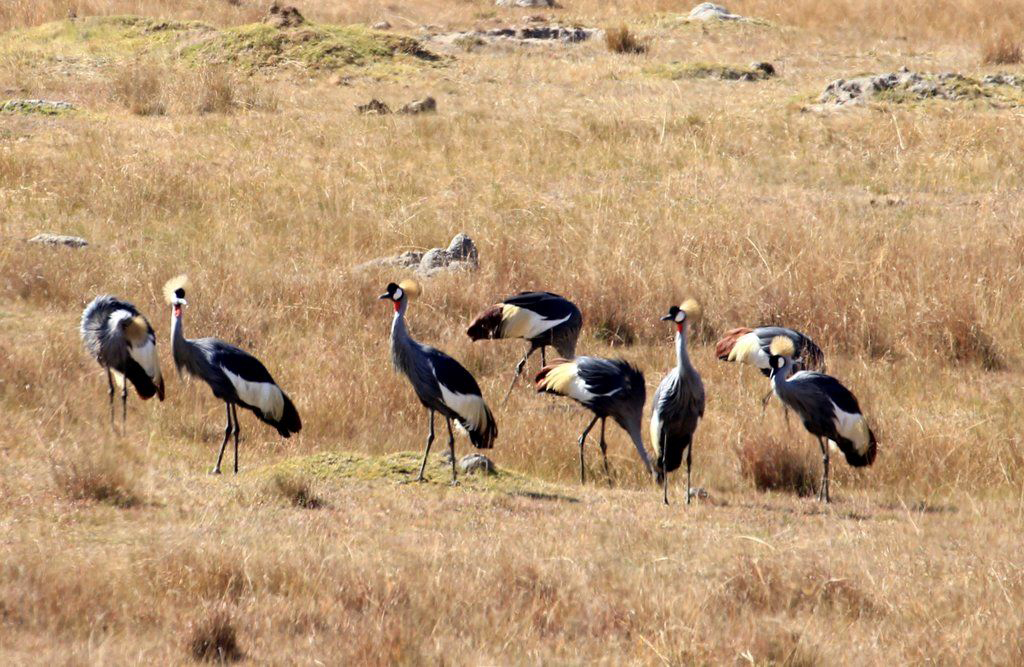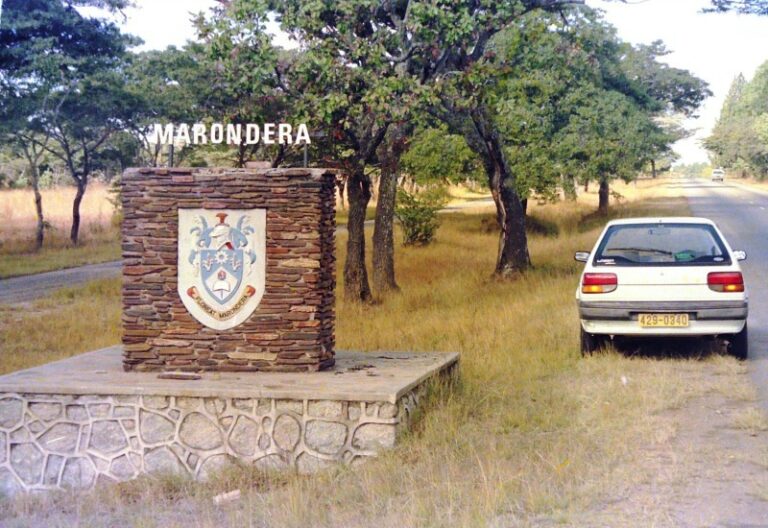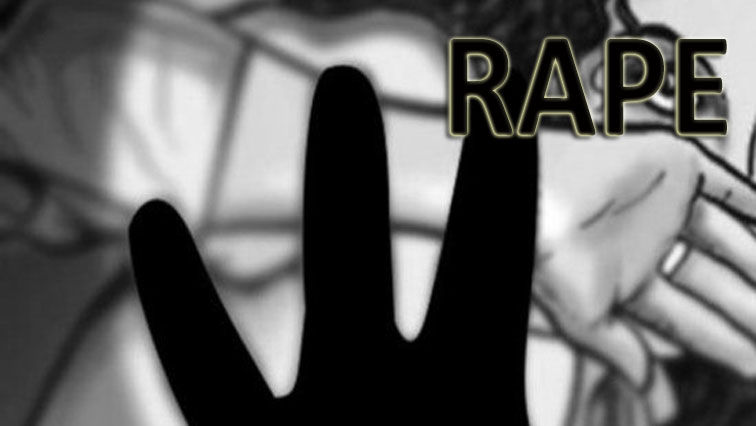
BY TATENDA CHITAGU TEN years ago, the sight of a flock of wattled cranes or grey crowned cranes would infuriate Jevas Marufu, a farmer from southern Zimbabwe’s Gutu district.
But now he marvels at the tall, graceful birds.
The cranes stalk the wetlands of the local Driefontein Grasslands, occasionally piercing the air with loud honking calls.
With their dagger-like beaks they seek out plants and small animals to consume. But that’s not all they eat.
“They used to make me cringe because they ate our maize seedlings at germination, so we would snare them,” says Marufu, apologetically.
And it did not end there.
Marufu and many other local villagers would also hunt for the cranes’ eggs.
They would herd their cattle in the grasslands, start fires to chase the birds away or plant their crops in the wetland, harming both the birds and their natural habitat.
- Chamisa under fire over US$120K donation
- Mavhunga puts DeMbare into Chibuku quarterfinals
- Pension funds bet on Cabora Bassa oilfields
- Councils defy govt fire tender directive
Keep Reading
The Driefontein Grasslands provide an important refuge for the two crane species, which are both threatened.
Many other species live there too. But the landscape is not part of Zimbabwe’s protected area system.
Instead, local people manage the land.
Having caused a steep decline in crane numbers, communities like Marufu’s are now striving to live in harmony with the birds, protecting them and the other species that share their habitat.
Precious landscape Grey crowned cranes (Balearica regulorum) and wattled cranes (Bugeranus carunculatus) are both ‘specially protected’ species under Zimbabwe’s Parks and Wildlife Act.
The International Union for Conservation of Nature (IUCN) Red List classifies the wattled cranes as ‘vulnerable’, and the grey crowned crane as ‘endangered’.
Their fragile marshy grassland habitats have been nearly wiped out by human activities.
The Driefontein Grasslands are among the key remaining habitats for cranes.
Located in central Zimbabwe, between the towns of Chivhu, Mvuma and Gutu, the 200 000 hectares of grasslands span parts of three provinces: Masvingo, Midlands and Mashonaland East.
The landscape serves as the catchment region for three important rivers, one of which feeds Tugwi Mukosi, the country’s largest inland dam.
The area is also one of Zimbabwe’s seven ‘wetlands of international importance’, as listed under the Ramsar Convention, to which the country acceded in 2013.
The treaty requires its member countries to protect important wetlands and use them sustainably.
To help achieve this, in February this year, Zimbabwe launched the National Wetlands Masterplan.
The challenge is immense. Wetlands cover more than one third of the country, which translates to more than 13.5 million hectares.
Of this area, only 17.6% is pristine.
The rest is either moderately degraded (55.7%) or severely degraded (26.7%).
Two decades of change in the Driefontein Grasslands show that local communities have vital roles to play.
Changing fortunes According to Zimbabwe’s Environmental Management Agency (EMA), more than half of the country’s cranes live in the Driefontein Grasslands.
Other protected bird species found there include secretary birds, kori bustards, black-bellied korhans, saddle-billed storks, white-backed and lappet-faced vultures and bateleur eagles.
The area’s mammals include waterbucks, zebras, vervet monkeys, baboons, warthogs, spring hares, impalas, squirrels and jackals.
Back in the 1990s, the landscape’s crane population was high, with an estimated 500 birds of each species, according to BirdLife Zimbabwe.
But numbers plummeted after the year 2000.
That’s when the former landowner, a white farmer called James Biggs, was evicted under the national land reform programme.
Biggs had managed the vast tract of land as a commercial cattle ranch, leaving the cranes and the wetlands undisturbed.
When he lost the land, it was shared among thousands of villagers who were resettled there from various areas.
The new arrivals began clearing land and growing crops, including in some of the marshy areas, and this disturbed the ecosystem and the extraordinary, wetland-dependant species that forage and breed there.
According to BirdLife Zimbabwe, veld fires and habitat degradation as a result of farming encroaching into vulnerable sections of the wetlands are among the major threats to the Driefontein Grasslands.
Overgrazing in parts of the marsh, snaring and illegal egg collection also threaten the cranes.
The birds require quiet locations in which to breed.
After the villagers arrived, many cranes migrated away because of human disturbance and the loss of suitable nesting locations.
While many more people were now benefiting from the land, the cranes were suffering greatly.
Soon, there were only about 100 of each species left.
Alternative livelihoods In the early 2000s, the non-profit organisation BirdLife Zimbabwe and EMA began engaging with local communities to encourage them to protect the cranes.
They also set up four local conservation groups to promote wetland and crane conservation in the Driefontein Grasslands.
BirdLife Zimbabwe’s conservation projects officer, Togaraseyi Fakarayi, admitted that the organisation initially struggled to convince the villagers to conserve the birds that had caused problems in their fields.
But after years of work, the communities are now participating in conservation activities and seeing the benefits.
“Over the years, BirdLife Zimbabwe’s programmes were centred on education and awareness on the conservation of cranes and other bird species in this area,” said Fakarayi.
He added that his organisation has been providing alternative sources of livelihoods that “do not directly interfere with wetlands, hence reducing human pressure on wetlands while promoting biodiversity conservation, and at the same time meeting human needs.”
Chamunorwa Tsambai, a farmer from Chinyaure Village one, is among the beneficiaries.
“When we were resettled here, we did not know the importance of the birds,” said Tsambai.
“We just saw them as any other birds which should be killed for meat.
“Most of us were coming from arid areas where we would hunt animals with relish.
“We are now benefiting from income generating projects given to us by BirdLife, like community gardens, poultry, piggery and apiculture.
“We are now doing agriculture all-year round because of the availability of water from the wetland and we now get money for [school] fees for our children.
“We grow rice, potatoes and maize,” added Tsambai.
“Paddocks have also been created for our cattle where they also get drinking water all year round from preserving the grasslands.
“We have also been given scarecrows which limits the birds from eating our plants.”
Fighting fires Tawona Mombeyarara, vice-chair of the bee-keeping project, agrees that conservation has benefited local people.
“We used to cultivate in the wetland and our cattle used to get stuck after straying in the wetland,” Mombeyera said.
“But now the wetland has been fenced off. Now, as ladies we are reaping the benefits of conservation.
“As you can see, we have close to 300 beehives here.”
Livelihoods are improving but the threat of veld fires remains, particularly as the climate warms.
Uncontrolled fires harm crane nesting sites, eggs and chicks, as well as destroying foraging habitats and altering wetland hydrology.
Fires also threaten local people and their farms.
To curb the problem, EMA has engaged the communities around the wetland and introduced veld fire management programmes.
The agency has been issuing fire guard construction orders to local farmers before the start of each year’s fire season, to reduce the severity and spread of veld fires, and has been holding periodic fire awareness meetings and trainings with communities there.
“There have been concerted efforts to put in place pre-fire suppression measures like fire guards, fire-fighting teams, fire alarms and fire-fighting equipment” said Brian Makani, the agency’s environmental education and publicity officer for Masvingo province.
“As the communities protect their 300 beehives against destruction from veld fires, they also protect the wetland and veld around the wetland.”
Hope for the future Thanks to the interventions by BirdLife and EMA, the crane populations are recovering.
There are now slightly more than 200 grey crowned cranes and 100 wattled cranes.
Villagers testify that, thanks to the conservation projects, their lives have changed for the better.
According to Jervas Marufu, the maize farmer who used to persecute cranes but now chairs the committee of villagers that oversees conservation of the Driefontein Grasslands, not all local farmers back the efforts to protect the birds.
“Some people do not share the same vision with us,” he said.
“The birds have mastered the scarecrows and they still eat in our fields, and this remains a challenge [for some] people.
“There is need for more education and awareness so that everyone knows the importance of preserving the wetlands and the birds.”
But Marufu is positive when he reflects overall on the changes that he has both seen in his community and experienced in himself.
“We believed the wetland was an area to cultivate our crops,” he said.
“We would look for worms to use as fishing baits in the wetland.
“As such, most of the birds migrated, leaving just a few in the wetland.”
“But now we realise that we were very ignorant,” he added.
“We have turned over a new leaf.
“We are now in the know, thanks to the education and awareness we got, and we are now living in harmony with the birds and preserving the wetlands.”
BirdLife Zimbabwe hopes that birdwatchers and other tourists will bring new revenue streams to the local people.
If the conservation efforts continue Tsambai, Marufu, Mombeyarara and the rest of the community will be smiling all the way to the bank while the mystical cranes — now woven into the community’s fabric — continue trumpeting their bugle calls peacefully.
- This story was produced with support from Internews’ Earth Journalism Network










